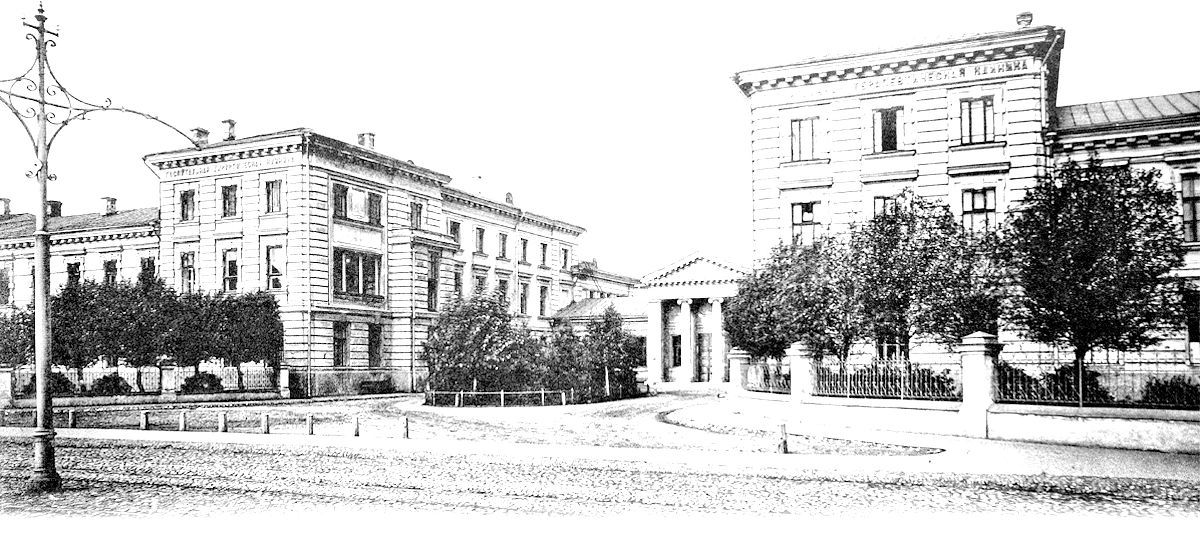Kidney cyst
- Details
- Published: 04 November 2018
A kidney cyst is a benign formation, inside of which is a bright clear fluid produced by the walls of the cyst.
Cysts can be single or multiple, develop in one or both of the kidneys. Formation can be congenital, but more often it appears during life. The main version of the cysts origin is an adverse condition for the outflow of urine through the intrarenal urinary ducts.
Depending on the size, nature of the content, the presence or absence of septum inside the formation, wall thickness, simple and complex kidney cysts are presented. The most common are simple cysts of the kidneys. Complex cysts are a fluid formations with dense septa or a dense component inside the cavity. It is considered as potentially malignant neoplasms.
Symptoms of a kidney cyst
In most cases, a kidney cyst does not cause symptoms. However growing, it can provoke a dull pain in the lumbar region and high blood pressure.
Diagnostics of a kidney cyst
The main examination of the diagnostics of kidney cysts is ultrasound. The doctor reveals a rounded fluid formation both outside the kidney (extrarenal cysts) and inside the organ (periolactic cysts or cysts at the renal sinus). CT or MRI are prescribed if a complex cyst suspected, to distinguish it from a possible kidney tumor. Examinations assess the ability of a cyst (its walls or a dense component inside) to accumulate a contrast agent, what is the distinguishing feature of malignant tumors. Magnetic resonance imaging is preferable in this case, since it is more sensitive to liquid formations.
Kidney cyst treatment
As a rule, a simple cyst grows slowly and has virtually no effect on the kidney function. Surgical intervention in case of a small size cyst is not required, dynamic observation is carried out: an ultrasound of the kidneys is performed in every six months.
The indication for surgery is a large cyst that squeezes the urinary tract and kidney vessels.
In the case of a complex cyst, the tactic is identical to the treatment of the tumor. Partial nephrectomy or complete removal of the kidney (nephrectomy) are performed.
For the treatment of simple large cysts in the Department of Urology at the Sechenov University the most modern method is used. This method is laparoscopic excision of the cyst walls. This method allows to perform the operation in difficult-to-reach areas, for example, behind large renal vessels. Excision is performed with the HARMONIC ultrasonic scalpel, the endoscopic instrument eliminates even the slightest bleeding. The skin incisions are so small that they do not require the imposition of postoperative sutures. The hospital stay is 3-4 days. Full performance is restored within a week.
Another effective method is an ultrasound guided puncture of the cyst . During the operation, the fluid is removed through a thin puncture, and the walls of the devastated cyst are “glued together” with the help of the so-called sclerosing drug. Surgical intervention is carried out under local anesthesia and absolutely painless. As a rule, at the next day patient can return to a normal life.




